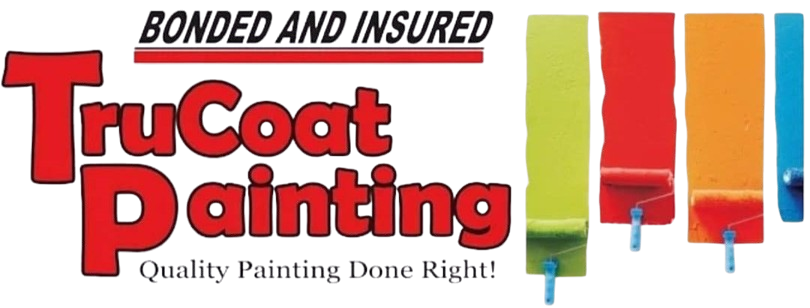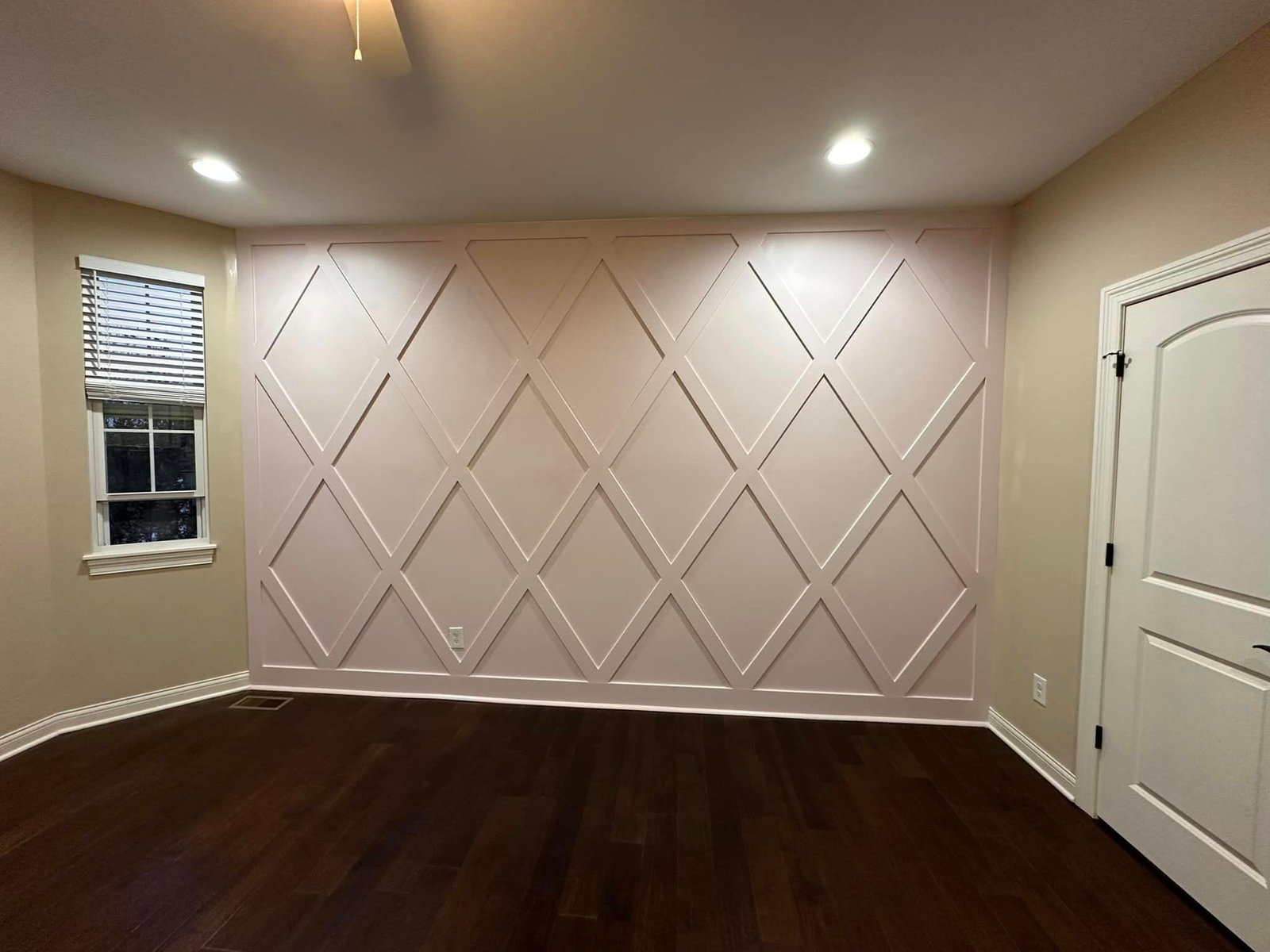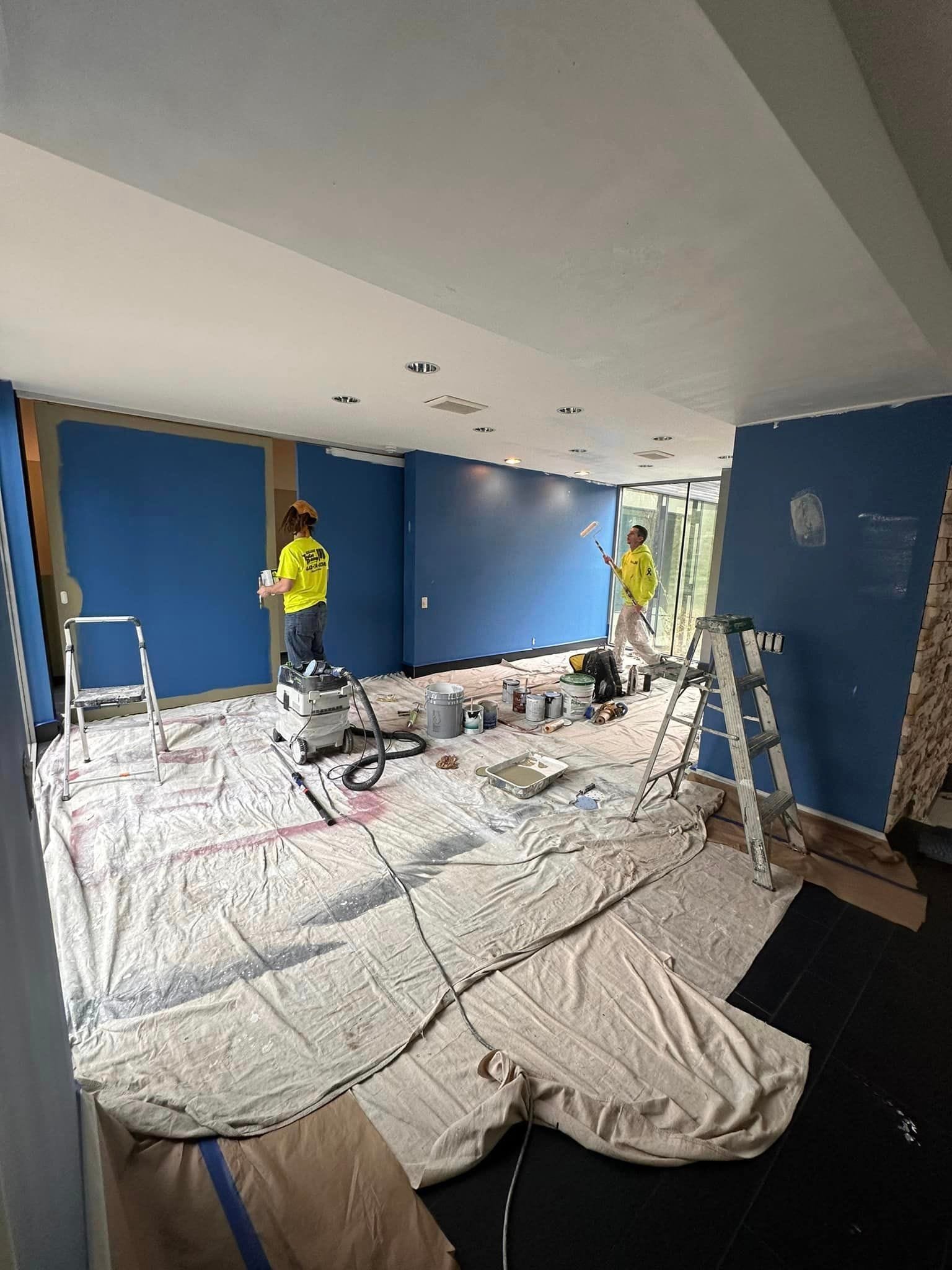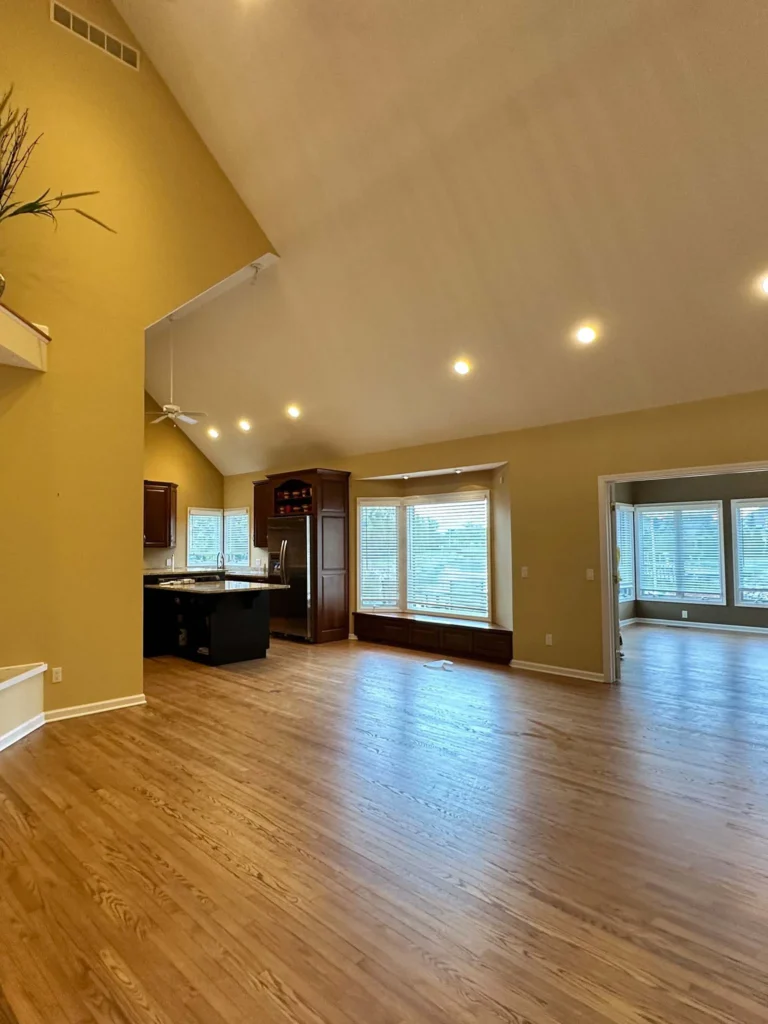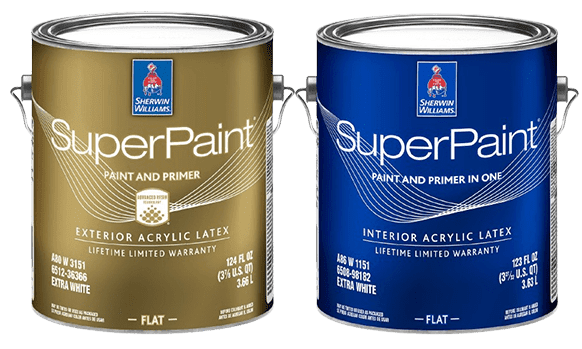$500 Off Cabinet Painting
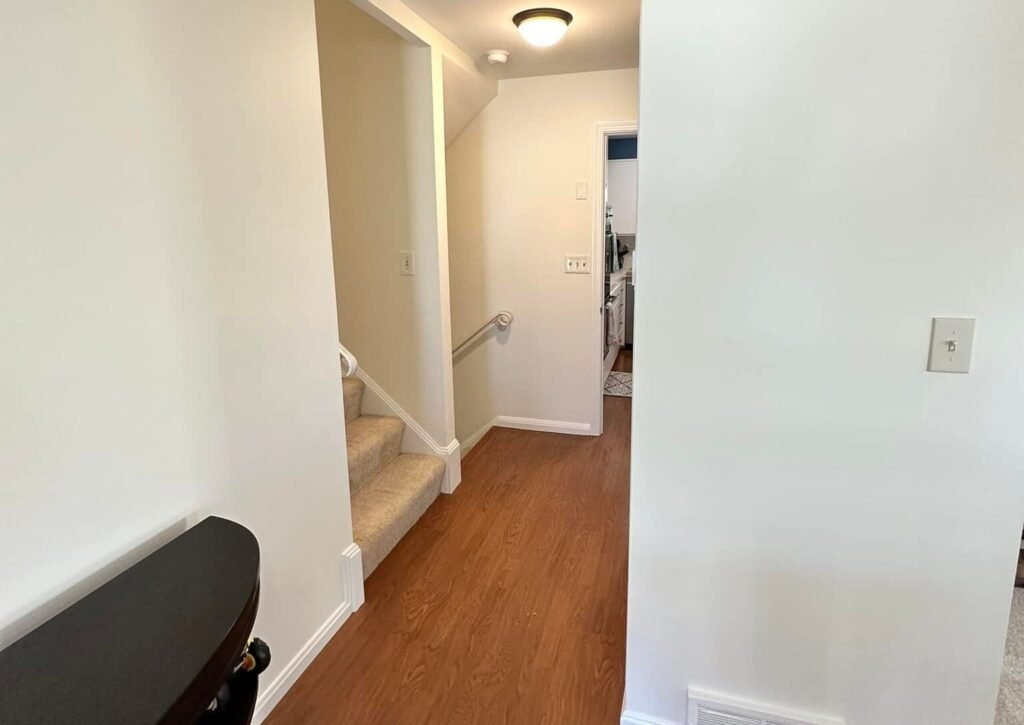
Are you considering giving your home a facelift without undergoing a major renovation? A coat of fresh white paint might be just the answer. Choosing the best white paint for interior walls can transform your living space, offering a crisp and timeless backdrop that complements any decor style. Whether you’re aiming for a warm, cozy atmosphere or a sleek and modern look, we’ve got you covered.
Why Choose White Paint?
Opting for white paint goes beyond just a color choice; it’s about creating an ambience that transforms your home into a serene retreat. White paint inherently possesses a clean and fresh aesthetic, instantly brightening any room it touches. Its versatility allows it to adapt to various design styles, from minimalistic to extravagant, making it a popular choice among homeowners.
The neutrality of white provides an excellent backdrop for highlighting other design elements in your space. White walls allow these features to shine, whether you have bold artwork, vibrant furniture, or intricate architectural details. Furthermore, white paint can make smaller spaces feel more extensive and open, offering a sense of airiness that is particularly beneficial in compact homes or apartments.
Choosing white also opens up endless possibilities for decorating and redecorating. Want to change your room’s color scheme with different accessories or furniture? It’s easy with white walls, as nearly every color pairs beautifully with them. This adaptability ensures that your home remains timeless, even as trends evolve.
Understanding the Undertones
When selecting the perfect white paint, the undertone is one of the most crucial aspects to consider. Undertones are subtle hues that affect the overall appearance of the paint. They determine whether white paint appears warm, cool, or neutral and affects your or the space’s mood.
Warm whites have underlying yellow, red, or pink notes, creating a welcoming and cozy atmosphere. They are ideal for living rooms or bedrooms where you want to foster a sense of comfort and intimacy. On the other hand, cool whites contain blue, green, or gray undertones, offering a fresh and sophisticated look. These shades work well in modern kitchens or bathrooms, where a clean and sleek appearance is desired.
Neutral whites are a balanced option with minimal undertones, making them versatile for any room in your home. They provide a classic look that can adapt to changing decor styles and lighting conditions. Understanding these nuances will guide you in selecting a shade that aligns with your design vision and enhances your home’s overall aesthetic.
The Power of Natural Light
Lighting plays a significant role in how a particular shade of white appears on your walls. Natural light can alter the hue and intensity of the paint throughout the day, affecting its undertones and the ambience of your space. When choosing white paint, it’s essential to consider the direction and amount of natural light your room receives.
North-facing rooms tend to have more excellent, bluish light. In these spaces, warm whites can counteract the coolness, adding warmth and coziness. Conversely, south-facing rooms benefit from warm, direct sunlight, which can intensify the warmth of warm whites. Cool whites can balance the natural light in this case, providing a fresh and airy feel.
For rooms with eastern exposure, morning light can be warm and inviting, making neutral whites an excellent choice to maintain balance throughout the day. Western exposure rooms receive warmer afternoon light, where either cool or neutral whites can complement the changing daylight. Understanding your room’s natural light allows you to select a white paint that harmonizes with these variations, ensuring a consistently pleasing appearance.
Book Free estimate now!
Schedule a free estimate with our experts at Trucoat Painting Plus to gain insights on your cabinet painting project.
Popular White Paints and Their Unique Qualities
Many white paints are available, each offering distinct characteristics that cater to various preferences and styles. Let’s explore some of the most popular options and what makes them stand out.
- Chantilly Lace by Benjamin Moore is known for its pure and crisp appearance with minimal undertones. This versatile shade is a favorite among homeowners and designers alike. It pairs beautifully with warm and cool color schemes, providing a refreshing backdrop for any space.
- Simply White by Benjamin Moore exudes warmth with subtle yellow undertones, creating a cozy and inviting atmosphere. This shade is perfect for rooms where a touch of warmth is desired, such as living areas or bedrooms. Due to its versatility, it can be used in a variety of design styles.
- Decorator’s White by Benjamin Moore offers a sophisticated look with cool gray undertones. Ideal for modern and contemporary spaces, this shade adds a touch of elegance and refinement. It works well in kitchens and bathrooms, where a clean and polished appearance is often desired.
Each of these famous white paints brings unique qualities to your home, allowing you to tailor your choice to your specific design vision and needs.
Tips for Testing White Paints
Before committing to white paint, it’s essential to test your options in your space to see how they interact with your room’s lighting and other design elements. Sampling a few shades can help ensure you make the right choice and avoid surprises once the paint is applied.
- Start by applying paint samples to different walls in your room and observing how the color changes throughout the day. Pay attention to how the lighting affects the undertones and overall appearance of each shade. This step is crucial for understanding how each white paint shade will look in your specific lighting conditions.
- Consider testing the paint on walls with different orientations, as natural light can vary significantly depending on the direction a wall faces. This will give you a better sense of how the paint will appear in various room parts.
- Finally, evaluate how each sample complements your decor, including furniture, flooring, and accessories. This holistic approach ensures that your chosen white paint enhances your home’s overall design, creating a cohesive and harmonious look.
Achieving the Perfect Finish
In addition to selecting the right white paint, choosing the appropriate finish is equally important. The finish determines the texture and sheen of the paint, affecting your walls’ appearance and durability.
- Matte finishes offer a soft, velvety appearance that can hide minor imperfections on walls. They create a sophisticated and understated look, ideal for bedrooms or living rooms with a calming ambience. However, matte finishes may be less durable and more challenging to clean than other options.
- Eggshell and satin finishes provide a subtle sheen that adds a touch of elegance to your walls. These finishes are more durable than matte options and are easier to clean, making them suitable for high-traffic areas like hallways or family rooms.
- Semi-gloss and high-gloss finishes offer a highly durable, reflective surface that is easy to clean. These finishes are perfect for kitchens, bathrooms, or trim where moisture and frequent cleaning are concerned. The sheen of these finishes can add a modern touch to your space, but it may highlight imperfections on the walls.
Choosing the right finish enhances the overall look of your white paint, ensuring that it meets both aesthetic and practical needs.
Complementary Colors and Decor
- White paint provides a versatile backdrop that pairs well with various colors and decor styles. By thoughtfully selecting complementary colors and decor, you can create a dynamic and visually appealing space that reflects your style.
- Consider pairing white walls with neutral tones such as grays, browns, and beiges for a classic and timeless look. These colors create a serene, sophisticated, relaxing, and inviting atmosphere. Adding natural textures like wood or woven materials can enhance the warmth and depth of your space.
- To add a pop of color and energy, incorporate bold accents in your decor, such as vibrant artwork, rugs, or cushions. Bright colors like blue, green, or red can create a striking contrast against white walls, making your design elements stand out.
- If you prefer a more modern and minimalistic aesthetic, opt for monochromatic decor with varying shades of white, black, and gray. This approach creates a sleek and streamlined look that exudes elegance and sophistication.
- White paint’s flexibility allows you to experiment with complementary colors and decor, ensuring your home feels yours uniquely.
The Psychological Impact of White
- White paint isn’t just about aesthetics; it also has a profound psychological impact on the atmosphere and mood of your home. Understanding these effects can help you create a balanced and harmonious space.
- White is often associated with purity, clarity, and simplicity, evoking a sense of calm and tranquility. This makes it an ideal choice for spaces where relaxation and peace are priorities, such as bedrooms or meditation areas.
- In addition to promoting calmness, white can also inspire creativity and focus. White walls’ clean and uncluttered quality provides a blank canvas that encourages problem-solving and innovation, making it an excellent choice for home offices or creative studios.
- Furthermore, white can convey a sense of order and precision, contributing to a feeling of cleanliness and hygiene. This association makes it a popular choice for kitchens and bathrooms, where cleanliness is essential.
- By leveraging the psychological impact of white paint, you can create an environment that supports your desired mood and lifestyle, enhancing your overall well-being.
Conclusion
Selecting the best white paint for your interior walls is a rewarding endeavor that can transform your home into a haven of style and sophistication. You can find the perfect shade to complement your unique design vision by understanding undertones, lighting, and finishes. Remember to consider texture, complementary colors, and maintenance to maximize the impact of your white walls.
